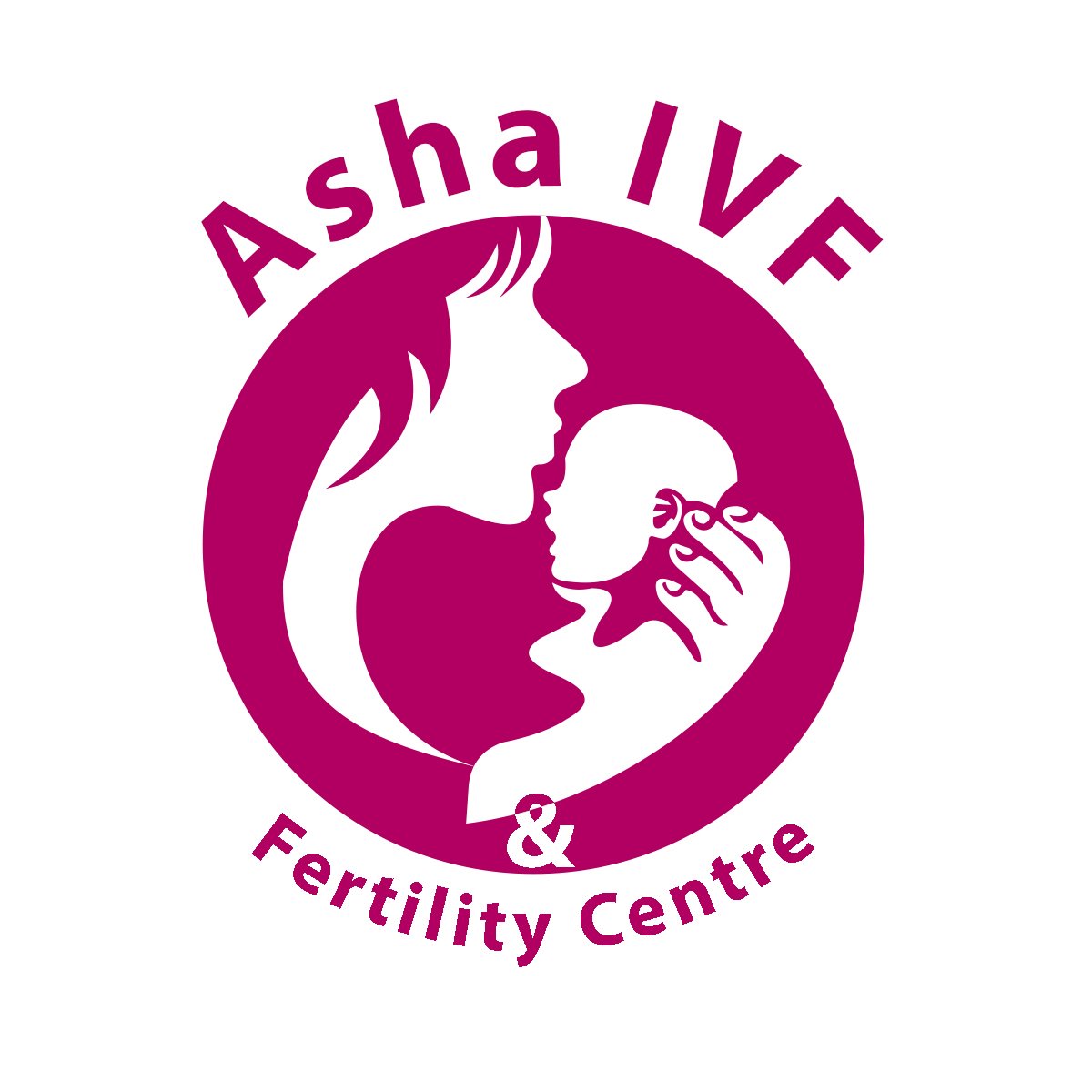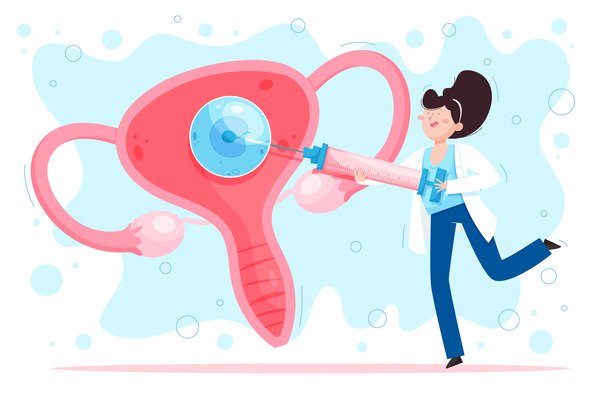Intrauterine Insemination (IUI) is a widely used fertility treatment aimed at increasing the chances of pregnancy for couples facing certain types of infertility. This minimally invasive procedure involves placing sperm directly into a woman’s uterus, helping facilitate fertilization. This blog will detail the IUI treatment procedure’s purpose, steps, benefits, and potential risks.
What is IUI?
IUI, or intrauterine insemination, is a fertility treatment that introduces washed and concentrated sperm directly into the uterus around the time of ovulation. This process enhances the likelihood of sperm meeting and fertilizing an egg, bypassing some of the challenges sperm might face in reaching the egg naturally.
Who Can Benefit from IUI?
IUI is recommended for:
- Unexplained Infertility
- When the cause of infertility is unknown after standard testing.
- Mild Male Factor Infertility
- Issues such as low sperm count or motility can be addressed by concentrating sperm.
- Cervical Factor Infertility
- Conditions like cervical mucus abnormalities that hinder sperm movement.
- Ovulatory Disorders
- Women with irregular ovulation can benefit when combined with ovulation-inducing medications.
- Semen Allergy
- There are rare cases where a woman is allergic to proteins in her partner’s semen.
- Single Women or Same-Sex Couples
- Women using donor sperm to conceive.
The IUI Treatment Procedure
The IUI procedure involves several key steps, from initial consultation to post-procedure care. Here’s a detailed look at each stage:
- Initial Consultation and Assessment
- A thorough evaluation of both partners is conducted, including medical history, physical exams, and fertility tests such as semen analysis, ovulation tracking, and imaging tests to check for uterine or tubal abnormalities.
- Ovulation Monitoring
- Ovulation tracking is critical for timing the IUI procedure. Methods include:
- Natural Cycle: Monitoring the woman’s natural ovulation through blood tests and ultrasound.
- Medicated Cycle: Using ovulation-inducing medications like Clomiphene Citrate or Gonadotropins to stimulate the ovaries and produce multiple eggs.
- Ovulation tracking is critical for timing the IUI procedure. Methods include:
- Sperm Collection and Preparation
- On the day of the IUI, the male partner provides a sperm sample, or donor sperm is thawed if used. The sperm is then “washed” to concentrate and remove impurities, enhancing its quality and motility.
- IUI Procedure
- The actual IUI process is straightforward and involves the following steps:
- Timing: The IUI is timed to coincide with ovulation, typically within 24-36 hours after the LH surge or administration of a trigger shot (hCG).
- Insemination: The washed sperm is placed in a thin, flexible catheter. The catheter is gently inserted through the cervix into the uterus, and the sperm is released. The procedure is quick and usually painless, taking only a few minutes.
- The actual IUI process is straightforward and involves the following steps:
- Post-Procedure Care
- After the IUI, the woman is advised to rest briefly. Normal activities can typically be resumed shortly after. Some may experience mild cramping or spotting, which is normal.
- Follow-up and Pregnancy Testing
- A blood test is conducted about two weeks after the IUI to check for pregnancy. If the test is positive, further monitoring and care continue as with any pregnancy. If negative, the doctor will discuss the next steps, which may include repeating the IUI or exploring other fertility treatments.
Benefits of IUI
- Less Invasive
- Compared to other fertility treatments like IVF, IUI is minimally invasive and simpler.
- Cost-Effective
- IUI is generally more affordable than other assisted reproductive technologies.
- Convenience
- The procedure is quick and can be done in a doctor’s office without anesthesia.
- Enhanced Fertilization
- By bypassing cervical barriers and concentrating sperm, IUI increases the chances of fertilization.
Potential Risks and Considerations
While IUI is relatively safe, there are some risks and considerations to be aware of:
- Multiple Pregnancies
- Especially when combined with ovulation-inducing medications, there’s a higher risk of twins or more.
- Infection
- A small risk of infection exists due to the insertion of the catheter.
- Ovarian Hyperstimulation Syndrome (OHSS)
- It is rare but possible if ovulation-inducing drugs are used.
- Emotional and Physical Stress
- The process can be emotionally taxing, and repeated cycles may be needed for success.
Conclusion
Intrauterine Insemination (IUI) is a valuable fertility treatment offering hope to many couples and individuals trying to conceive. Understanding the procedure, its benefits, and potential risks can help patients make informed decisions about their fertility journey. Consulting with a skilled and compassionate healthcare provider, such as a fertility specialist, is crucial to navigating this process effectively and increasing the chances of a successful outcome.
Expert Consultation
Dr. Astha Chakravarty at Asha IVF & Fertility Centre is the best gynecologist to consult for those considering IUI treatment in Faridabad. With her extensive experience in reproductive medicine and a compassionate approach, Dr. Astha Chakravarty offers personalized care and guidance throughout the IUI process. Her expertise ensures that patients receive the most effective and tailored treatment plans, enhancing their chances of achieving a successful pregnancy. Dr. Astha Chakravarty’s commitment to her patient’s well-being and her dedication to staying updated on the latest advancements in fertility treatments make her the ideal choice for those seeking IUI treatment in Faridabad.

